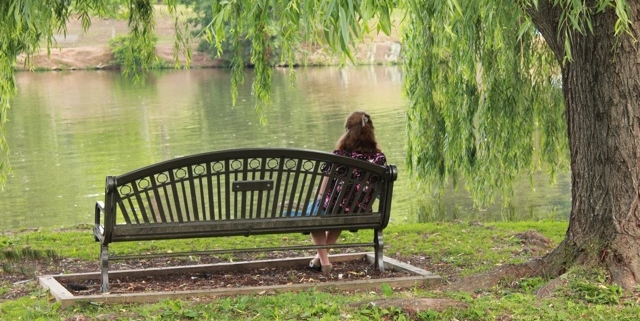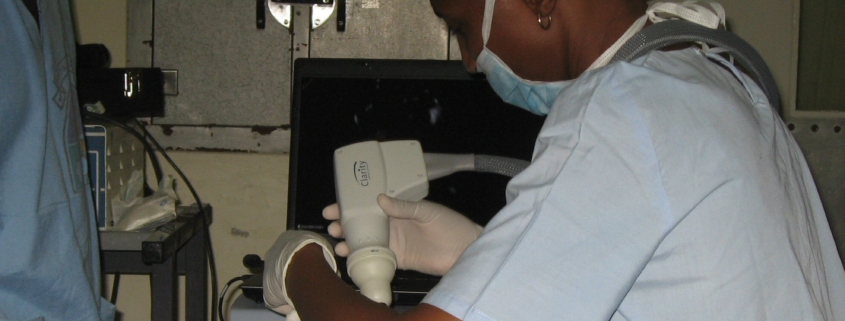One Rb World 2024 Says “Mahalo” to the Retinoblastoma Community – Day Three | Page 4
The final moments of the 7th One Rb World Conference in Honolulu, Hawaii, were dedicated to patients, families, and survivors, showcasing how empowering them can transform their individual experience and collective progress. Marissa D. Gonzalez, President of World Eye Cancer Hope USA, and Conference Event Chair, tells of the inspiring child life programming, and groundbreaking patient engaged-research building bridges of hope and healing for our retinoblastoma community worldwide.






